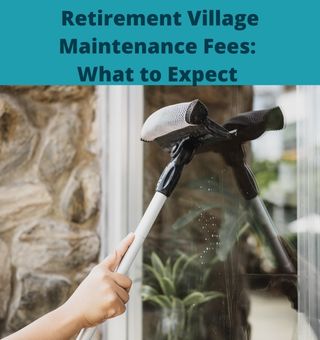When you’re looking into retirement villages, one of the most important things to find out is what the fees are. Maintenance fees can vary quite a bit from village to village, so it’s important to know what to expect. In this blog post, we’ll take a look at some of the factors that affect maintenance fees, as well as give you an idea of what you can expect to pay.
One of the biggest factors that will affect your retirement village maintenance fees is the size of the village. Obviously, a larger village is going to require more money to maintain than a smaller one. Another factor is the location of the village. If it’s in a rural area, there may not be as many amenities nearby, which means that the village will have to provide more.
A resident usually pays maintenance fees either weekly, fortnightly, or monthly. The amount is determined by the Council of the village or the Board of Directors, depending on the management structure of the retirement village.
Here are some costs that are typically covered by retirement village maintenance fees:
- Staff salaries, wages, and related costs
- Retirement village units maintenance
- Grounds and common areas maintenance
- Cleaning
- Security
- Food and catering
- Amenities like a swimming pool or gym
One of the key selling points of retirement villages is that they often include a maintenance charge that covers the cost of capital improvements or replacements. This can be a major advantage for seniors, as it helps to ensure that their home is always in good condition.
Additionally, it can provide peace of mind by knowing that unexpected repair bills will not be a financial burden. However, it is important to note that not all retirement villages have a maintenance charge for capital improvements or replacements. Some retirement villages have a separate maintenance charge for this purpose.
If you own your property (strata title holder), you will also have to pay owners’ corporation fees, used for maintaining common property, insuring the common property, and other owner’s corporation costs.
Independent living and assisted living are two types of senior housing that some retirement communities provide to their residents. The recurrent expenses for an assisted living contract with regular add-ons, such as meals, will be higher.
As you can see, there are a lot of things that go into retirement village maintenance fees. Of course, every retirement village is different, so it’s important to ask about the specific fees before you make a decision. Maintenance fees can add up, so it’s important to factor them into your budget. With that said, retirement villages can offer a great lifestyle, so they’re definitely worth considering.


